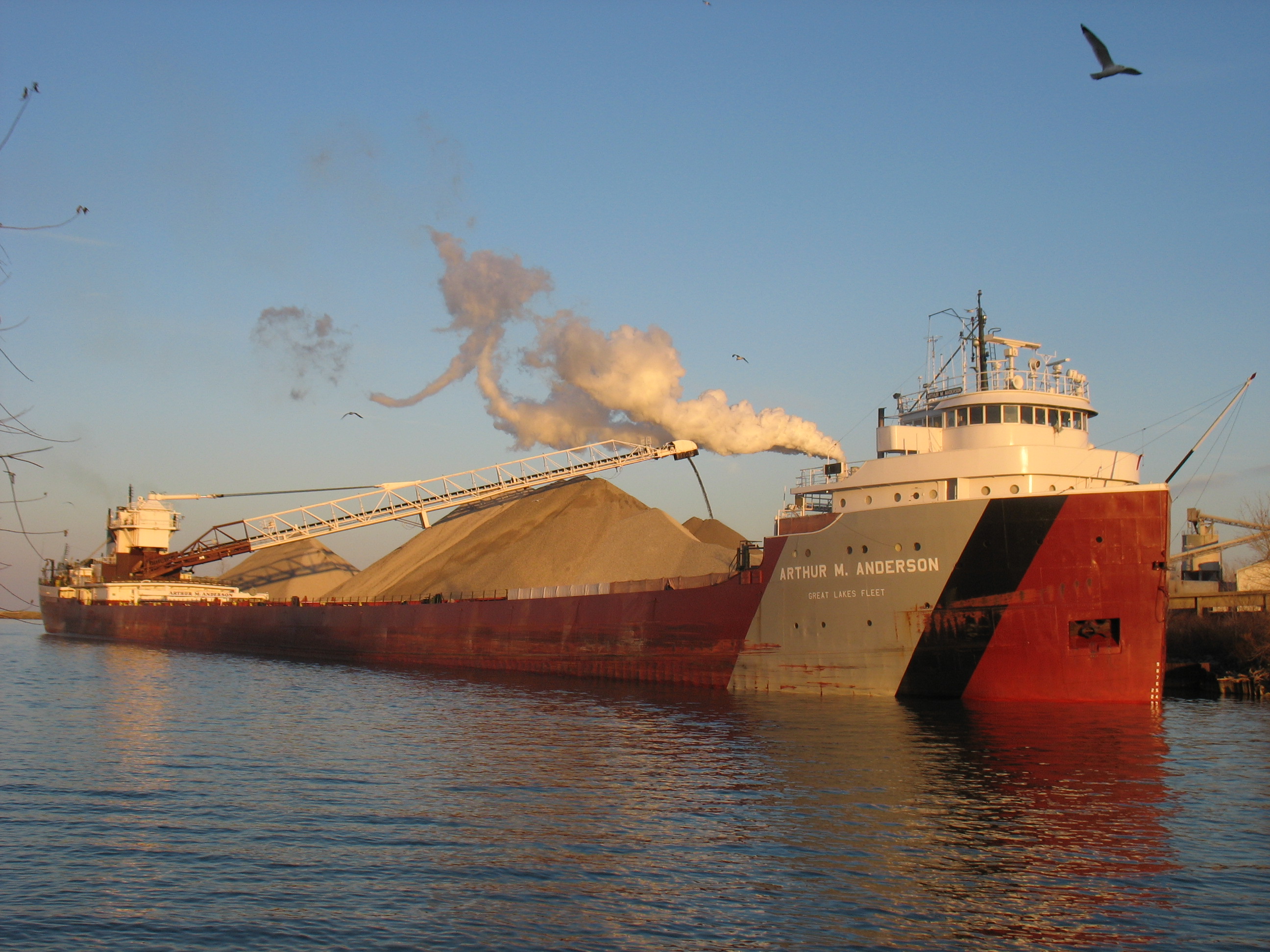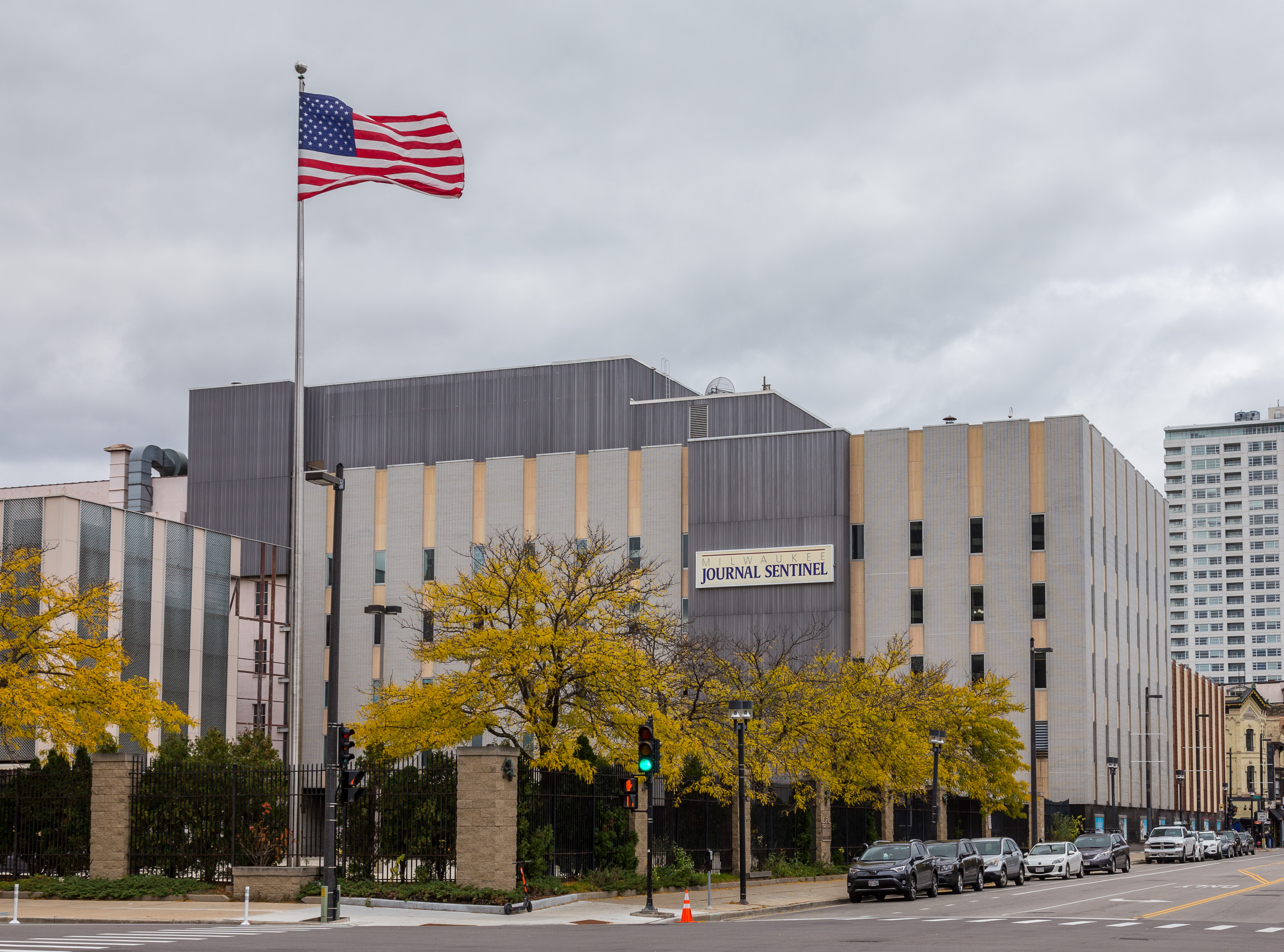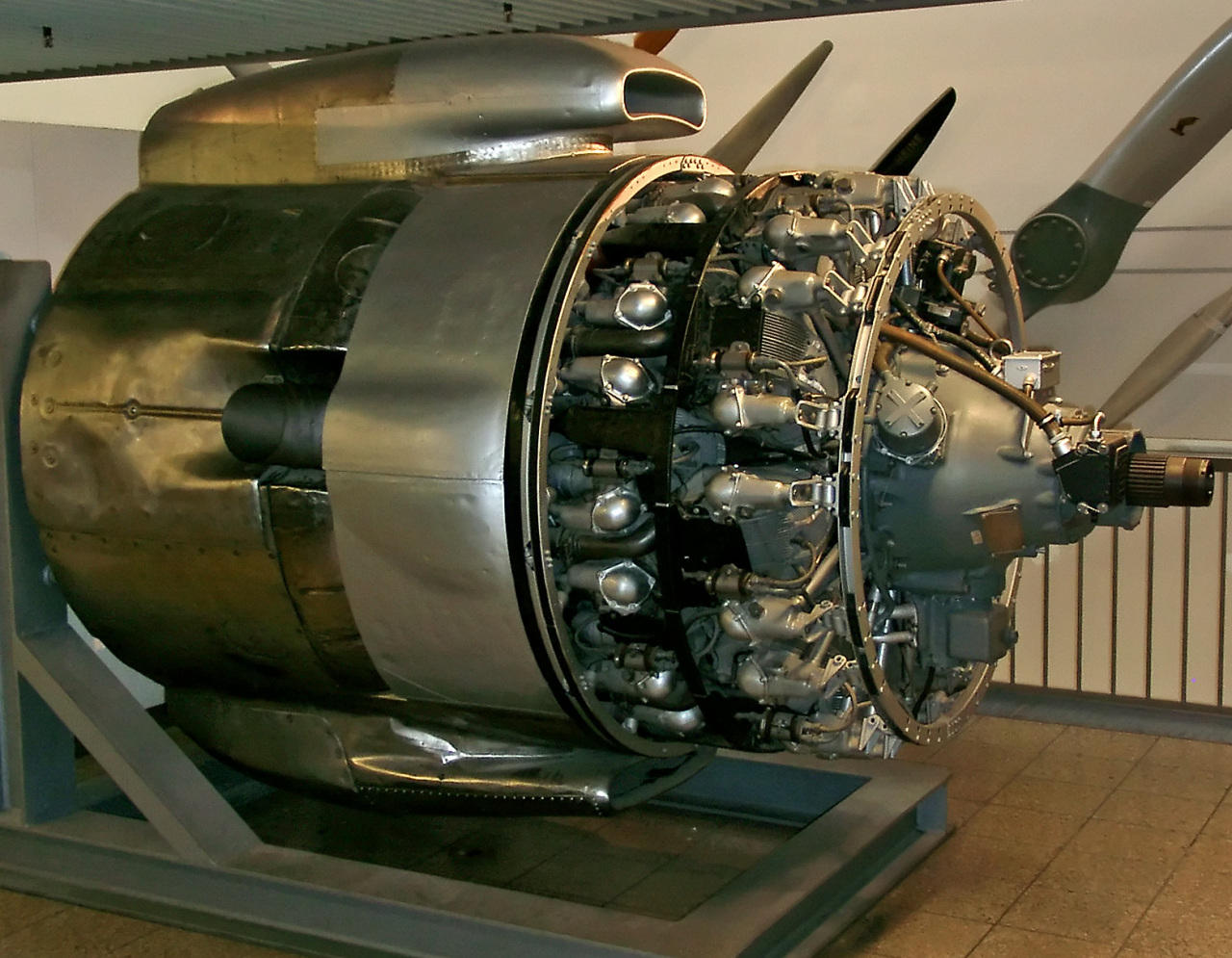|
SS Marquette (1881)
The SS ''Marquette'' was a wooden-hulled, United States, American Lake freighter, Great Lakes freighter built in 1881, that sank on Lake Superior, five miles east of Michigan Island, Ashland County, Wisconsin, Apostle Islands, United States on October 15, 1903. On the day of February 13, 2008 the remains of the ''Marquette'' were listed on the National Register of Historic Places. History The ''Marquette'' (Official number 110465) was built as the ''Republic'' in 1881, in Cleveland, Ohio by George Presley & Company for the Republic Iron Company of Marquette, Michigan to be their new flagship. Her wooden hull had an length overall, overall length of , and a length between perpendiculars, between perpendiculars length of . Her beam was wide and her hull was deep. She had a gross register tonnage of 1343.23 tons, and a net register tonnage of 1117.91 tons. She was powered by two steam engine, low pressure steam engine, and a boiler. The ''Republic'' was one of a transitional cl ... [...More Info...] [...Related Items...] OR: [Wikipedia] [Google] [Baidu] |
Lake Freighter
Lake freighters, or lakers, are bulk carrier vessels that operate on the Great Lakes of North America. These vessels are traditionally called boats, although classified as ships. Since the late 19th century, lakers have carried bulk cargoes of materials such as limestone, iron ore, grain, coal, or salt from the mines and fields of the upper Great Lakes to the populous industrial areas farther east. The 63 commercial ports handled 173 million tons of cargo in 2006. Because of winter ice on the lakes, the navigation season is not usually year-round. The Soo Locks and Welland Canal close from mid-January to late March, when most boats are laid up for maintenance. Crew members spend these months ashore. Depending on their application, lakers may also be referred to by their types, such as ''oreboats'' or ''ironboats'' (primarily for iron ore), ''straight deckers'' (no self-unloading gear), ''bulkers'' (carry bulk cargo), ''sternenders'' (all cabins aft), ''self unloaders'' (with sel ... [...More Info...] [...Related Items...] OR: [Wikipedia] [Google] [Baidu] |
1881 Ships
Events January–March * January 1– 24 – Siege of Geok Tepe: Russian troops under General Mikhail Skobelev defeat the Turkomans. * January 13 – War of the Pacific – Battle of San Juan and Chorrillos: The Chilean army defeats Peruvian forces. * January 15 – War of the Pacific – Battle of Miraflores: The Chileans take Lima, capital of Peru, after defeating its second line of defense in Miraflores. * January 24 – William Edward Forster, chief secretary for Ireland, introduces his Coercion Bill, which temporarily suspends habeas corpus so that those people suspected of committing an offence can be detained without trial; it goes through a long debate before it is accepted February 2. * January 25 – Thomas Edison and Alexander Graham Bell form the Oriental Telephone Company. * February 13 – The first issue of the feminist newspaper ''La Citoyenne'' is published by Hubertine Auclert. * February 16 – The ... [...More Info...] [...Related Items...] OR: [Wikipedia] [Google] [Baidu] |
Artifact (archaeology)
An artifact, or artefact (see American and British English spelling differences), is a general term for an item made or given shape by humans, such as a tool or a work of art, especially an object of archaeological interest. In archaeology, the word has become a term of particular nuance and is defined as an object recovered by archaeological endeavor, which may be a cultural artifact having cultural interest. Artifact is the general term used in archaeology, while in museums the equivalent general term is normally "object", and in art history perhaps artwork or a more specific term such as "carving". The same item may be called all or any of these in different contexts, and more specific terms will be used when talking about individual objects, or groups of similar ones. Artifacts exist in many different forms and can sometimes be confused with ecofacts and features; all three of these can sometimes be found together at archaeological sites. They can also exist in different t ... [...More Info...] [...Related Items...] OR: [Wikipedia] [Google] [Baidu] |
Wisconsin Historical Society
The Wisconsin Historical Society (officially the State Historical Society of Wisconsin) is simultaneously a state agency and a private membership organization whose purpose is to maintain, promote and spread knowledge relating to the history of North America, with an emphasis on the state of Wisconsin and the trans-Allegheny West. Founded in 1846 and chartered in 1853, it is the oldest historical society in the United States to receive continuous public funding. The society's headquarters are located in Madison, Wisconsin, on the campus of the University of Wisconsin–Madison. __TOC__ Organization The Wisconsin Historical Society is organized into four divisions: the Division of Library-Archives, the Division of Museums and Historic Sites, the Division of Historic Preservation-Public History, and the Division of Administrative Services. Division of Library, Archives, and Museum Collections The Division of Library-Archives collects and maintains books and documents about t ... [...More Info...] [...Related Items...] OR: [Wikipedia] [Google] [Baidu] |
Milwaukee Sentinel
The ''Milwaukee Journal Sentinel'' is a daily morning broadsheet printed in Milwaukee, Wisconsin, where it is the primary newspaper. It is also the largest newspaper in the state of Wisconsin, where it is widely distributed. It is currently owned by the Gannett Company.Gannett Completes Acquisition of Journal Media Group . ''USA Today'', April 11, 2016. In early 2003, the ''Milwaukee Journal Sentinel'' began printing operations at a new printing facility in West Milwaukee. In September 2006, the ''Journal Sentinel'' announced it had "signed a five-year agreement to print the national edition of '' |
Ashland, Wisconsin
Ashland is a city in Ashland and Bayfield counties in the U.S. state of Wisconsin. It is the county seat of Ashland County. The city is a port on Lake Superior, near the head of Chequamegon Bay. The population was 7,908 at the 2020 census, all of whom resided in the Ashland County portion of the city. The unpopulated Bayfield County portion is in the city's southwest, bordered by the easternmost part of the Town of Eileen. The junction of U.S. Route 2 and Wisconsin Highway 13 is located at this city. It is the home of Northland College, Northwood Technical College, and the Sigurd Olson Environmental Institute. History Pre-settlement Eight Native American nations have lived on Chequamegon Bay. Later settlers included European explorers, missionaries and fur traders, and more recently, Yankees from the eastern United States who platted and developed the lands, railroaders, shippers, loggers, entrepreneurs, and other settlers. Four flags have flown over the area arou ... [...More Info...] [...Related Items...] OR: [Wikipedia] [Google] [Baidu] |
Compound Engine
A compound engine is an engine that has more than one stage for recovering energy from the same working fluid, with the exhaust from the first stage passing through the second stage, and in some cases then on to another subsequent stage or even stages. Originally invented as a means of making steam engines more efficient, the compounding of engines by use of several stages has also been used on internal combustion engines and continues to have niche markets there. The stages of a compound engine may be either of differing or of similar technologies, for example: * In a turbo-compound engine, the exhaust gas from the cylinders passes through a turbine, the two stages being dissimilar. * In a compound steam locomotive, the steam passes from the high-pressure cylinder or cylinders to the low-pressure cylinder or cylinders, the two stages being similar. * In a triple-expansion steam engine, the steam passes through three successive cylinders of increasing size and decreasing pressu ... [...More Info...] [...Related Items...] OR: [Wikipedia] [Google] [Baidu] |
Lime Island
Lime Island is an island in the St. Marys River in Raber, Chippewa County, Michigan. The 1.41 sq. mile island is home to the Lime Island State Recreation Area Lime Island State Recreation Area is a Most sources state , except the main website for the state park which claims . undeveloped state park in the U.S. state of Michigan Michigan () is a state in the Great Lakes region of the upper Midw .... Besides a few cabins and camp sites the island remains covered in forest, which hosts the island's population of black bear. There are several smaller islands that surround Lime island. The islands of Hart, Edward, Love, and Bass Reef are northeast of Lime Island, and Little Lime Island lies to the southeast. References Islands of Chippewa County, Michigan River islands of Michigan {{ChippewaCountyMI-geo-stub ... [...More Info...] [...Related Items...] OR: [Wikipedia] [Google] [Baidu] |
Grand Island Township, Michigan
Grand Island Township is a civil township of Alger County in the U.S. state of Michigan. Located along the shores of Lake Superior, the township includes Grand Island, which is designated as the Grand Island National Recreation Area. The township also includes a small portion of the nearby mainland where most of its residents reside along M-28 just north of the city of Munising. As of the 2010 census, the township population was 47, which ranks Grand Island Township as the second-least populated municipality in the state after Pointe Aux Barques Township. Communities *Williams Landing is an unincorporated community in the mainland portion of the township at Center Road and Murray Bay. Geography According to the United States Census Bureau, the township has a total area of , of which is land and , or 54.21%, is water. Demographics As of the census of 2000, there were 45 people, 18 households, and 10 families residing in the township. The population density was 2.0 per sq ... [...More Info...] [...Related Items...] OR: [Wikipedia] [Google] [Baidu] |
SS Ohio (1875)
SS ''Ohio'' was a wooden hulled Great Lakes freighter that served on the Great Lakes of North America from her construction in 1875, to her sinking in September 1894 when she collided with the schooner barge ''Ironton'' which also sank in the collision. ''Ironton'' was being towed by the steamer ''Charles J. Kershaw'', which was also towing the schooner ''Moonlight''. ''Ohio'' was found upright in 2017, over 122 years after her sinking in over 200 feet of water off Presque Isle, Michigan. In March, 2023, it was announced that ''Ironton'' had been located in 2019. The researchers who discovered ''Ohio'' plan to nominate her for a listing in the National Register of Historic Places. History ''Ohio'' (Official number 19438) was an early wooden bulk carrier. She was built in 1875 by Ohio resident John F. Squires of Huron, Ohio. She was launched in April of 1875. Her hull was long, her beam was wide and her cargo hold was deep. She had a gross tonnage of 1101.81 tons and a net ... [...More Info...] [...Related Items...] OR: [Wikipedia] [Google] [Baidu] |
Ceremonial Ship Launching
Ceremonial ship launching involves the performance of ceremonies associated with the process of transferring a vessel to the water. It is a nautical tradition in many cultures, dating back thousands of years, to accompany the physical process with ceremonies which have been observed as public celebration and a solemn blessing, usually but not always, in association with the launch itself. Ship launching imposes stresses on the ship not met during normal operation and, in addition to the size and weight of the vessel, represents a considerable engineering challenge as well as a public spectacle. The process also involves many traditions intended to invite good luck, such as christening by breaking a sacrificial bottle of champagne over the bow as the ship is named aloud and launched. Methods There are three principal methods of conveying a new ship from building site to water, only two of which are called "launching". The oldest, most familiar, and most widely used is th ... [...More Info...] [...Related Items...] OR: [Wikipedia] [Google] [Baidu] |








